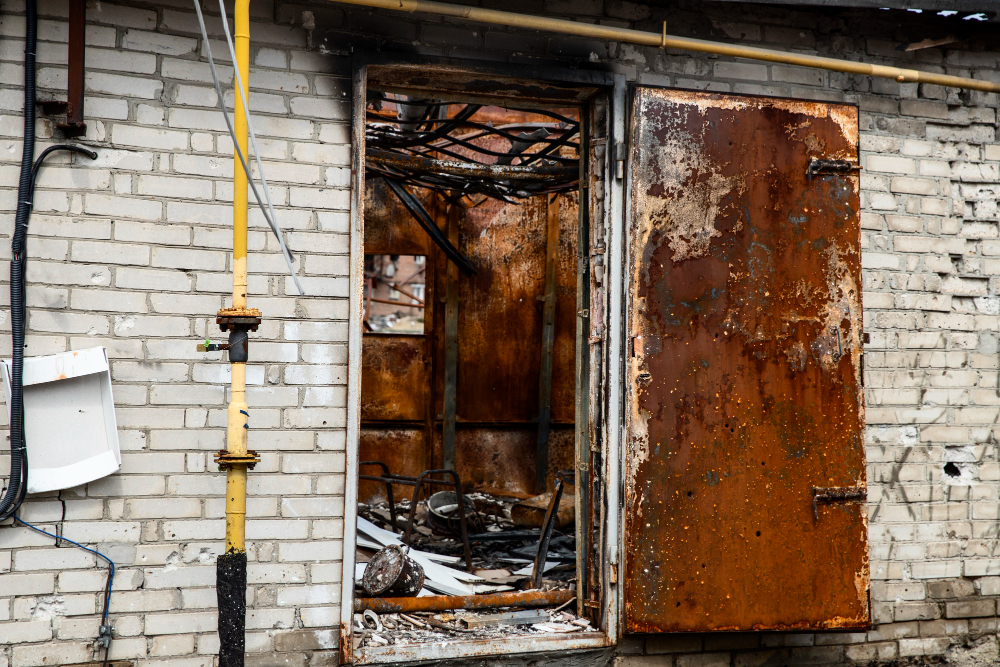Early damage indicators can help you act fast and stop more major problems. Expert assessments are offered by professional firms such as Nova Construction Services, but even knowing what to search for will help you stay ahead of such issues.
Read on to learn more about early structural trouble indicators.
What Causes Structural Damage?
- Problems with the foundation could result from drainage problems, shifting ground, or inadequate construction.
- Leaks and high humidity can compromise building components and, over time, create structural damage.
- Subpar building techniques like insufficient reinforcement or inappropriate materials might cause structural problems.
- Natural disasters, including floods, earthquakes, and storms, can seriously and unexpectedly compromise the foundation of a building.
How to Spot Early Signs of Structural Damage in Your Property
1. Search ceilings and walls for cracks
Often, among the earliest indicators of structural degradation are cracks in ceilings and walls.
While little hairline cracks are common, more severe problems may be indicated by more significant fissures of size or expanding nature. Look for patterns in cracks—such as diagonal fractures in corners or stair-step cracks in brick walls. These could indicate shifting foundations or unevenly sinking ground on your property.
2. Look for uneven flooring
One can often find structural issues in uneven or sloping flooring. Should you find that your floors are no longer level or that there are obvious dips or bumps, this could mean that the support beams or foundation is weakened. Walking on the floor can cause this problem to also cause creaking or bouncing.
Early addressing of this will guarantee safer surroundings and help to stop more damage.
3. Track windows and doors
Often more than a simple annoyance, sticking windows and doors might indicate structural problems.
Should windows and doors prove difficult to open or close, or if holes show up around frames, it could suggest structural movement in the building. Often pointing to issues with the foundation or framework of the building, such as misaligned doors and windows.
4. Look for Water Damage and Mold
Left untreated, water damage can compromise structural elements and cause major problems. Search for evidence of water stains on ceilings or walls to point to either poor drainage or leaks.
Furthermore, mold development is alarming for ongoing moisture issues.
Should you find mold or detect a musty smell, you must look into and fix the moisture source to stop more structural damage.
5. Inspect the Exterior of Your Property
Check your property’s outside often for damage indicators. Search the foundation for cracks, check for shifting bricks or cladding, and look for any separation between structural elements.
Pay close attention to regions where the construction meets the ground since foundation problems usually show themselves there. Regular outside inspections preserve the general condition of your property and enable early identification of possible issues.
Conclusion
Maintaining your house and saving expensive repairs depend on early identification of structural deterioration. Regularly looking for cracks, uneven floors, sticky doors, water damage, and outside issues will help you to solve problems before they become more serious.








